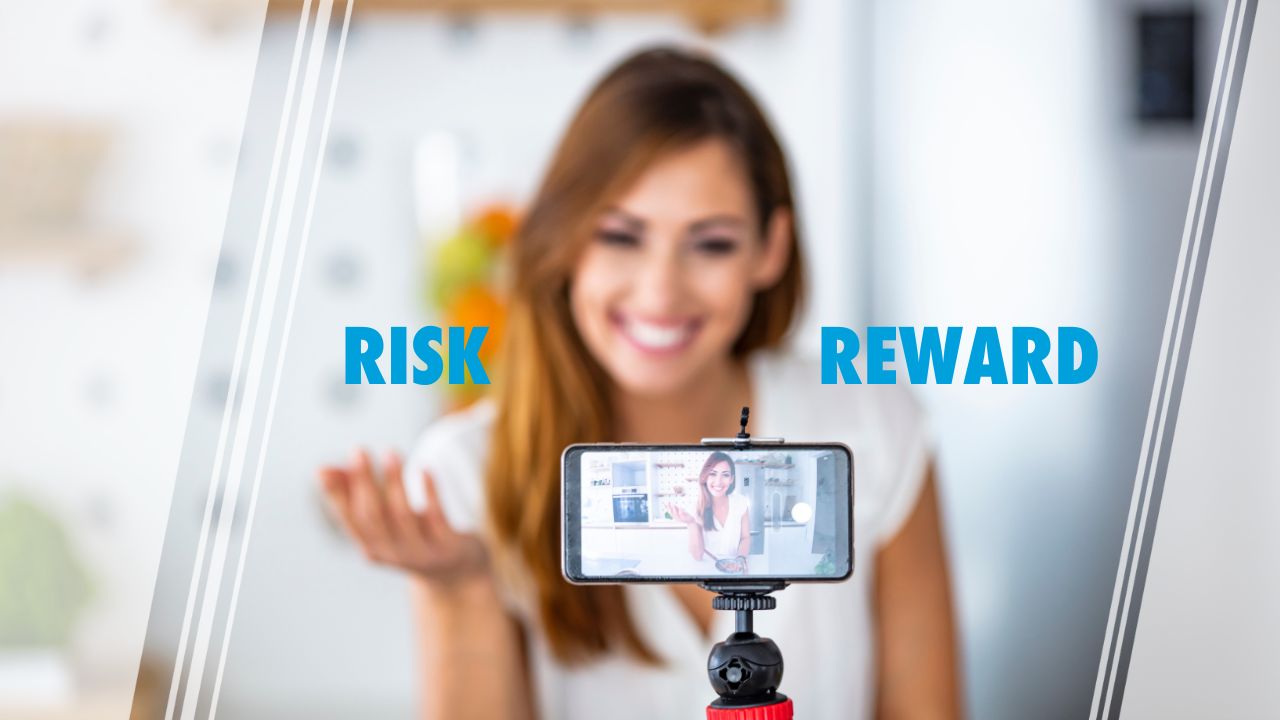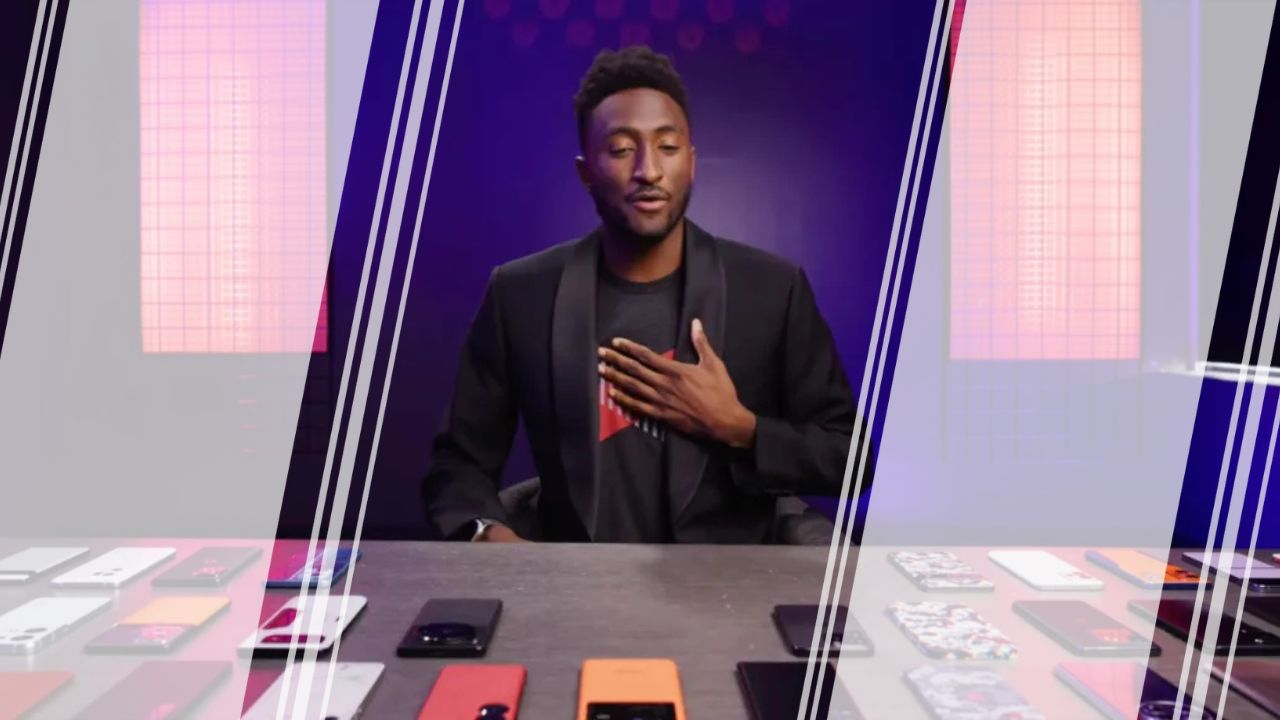In the age of social media, influencer marketing is powerful. It has become a critical tool in our ever-growing marketing toolboxes.
By building brand recognition, creating innovative User-Generated Content (UGC), and—of course—driving consumer sales, this versatile tactic has transformed the modern marketing landscape, skyrocketing into a $24 billion industry of its own.
Unlike many content marketing strategies, influencer marketing allows brands to leverage the credibility and following of popular social media figures through product promotions and endorsements. And thanks to the close relationship between an influencer and their fans, 60% of marketers agree that influencer marketing has a higher ROI than many other advertising methods.
From million-dollar deals with famous brand ambassadors to teams of local micro-influencers, companies of all sizes are strategically cultivating influencer partnerships. But despite all of its upsides—influencer marketing is not risk-free.
That’s why it’s important to assess each client’s goals to determine whether an influencer partnership makes sense—or if their marketing dollars are better spent elsewhere. It all depends on what’s the best strategy for their brand and audience.
At INNOVATIVE, our years of experience have taught us how to balance the risks and rewards of influencer marketing for our clients. And that insight can be the difference between scandal or success.
Influencer partnerships help brands gain the trust of their target audiences.
Influencer marketing is a very appealing opportunity for many brands—and that’s because it’s effective. In fact, 69% of consumers report that they prefer influencer recommendations to messaging that comes from brands themselves. Because consumers today are oversaturated with corporate advertisements and stiff brand messaging.
With influencer marketing, brands don’t have to waste time earning your engagement. Instead, the influencer does the selling for them, capitalizing on the established trust between them and their followers. This can significantly reduce the cost of customer acquisition and improve conversion rates—all because the audience is more willing to listen.
But to me, the “why” isn’t as critical as the “what” and “how” of influencer marketing. In my experience, brands only access the full potential of influencer marketing when they allow creators to maintain their authenticity.
Influencer marketing is a strategy that relies on the relationship between content creators and their audience. If creators are forced to match your brand messaging and talk to their fans like consumers, the magic of influencer marketing fades.
The “secret sauce” to this strategy is allowing your influencers to be themselves while promoting your product. But that success often comes at a cost—losing creative control.
Influencer marketing is a balance of risk and reward.
Successful content creators have a carefully curated style designed to speak to their audience. That’s how they built their following in the first place, and that’s how they effectively sell your brand. So, it’s often to your advantage to just let the creators create.
The only problem is that freedom puts your brand at risk of receiving negative press from influencers’ decisions. This means that—to some degree—your image is now at the mercy of an influencer’s actions and the opinions of the masses.
From David Dobrik to L’Oréal, we have seen time and again how even the most beloved influencers and brands can become embroiled in controversy, leaving audiences upset and companies in crisis.
Sometimes these conflicts lead to calls to cut ties with an influencer. Other times the backlash is worse, and your association with certain internet personalities makes consumers boycott your business altogether.
And while big corporations may be able to withstand influencer-induced scandals, the fallout of these incidents could seriously threaten the success of smaller brands. So, if you’re going to invest in influencer marketing, you need to proactively prepare crisis management strategies and carefully evaluate the pros and cons of every potential partnership.
It’s important to find influencers that fit your brand.
Before hiring an influencer, you need to be certain that their values align with your brand’s ambitions and ethics. This means you really need to identify who these influencers are at their core. I always recommend researching their history, following their mentions and tags on social media, and strategically analyzing their content style to help reduce the risk of unexpected scandals.
It’s also important to know your audience. For example, if your supporters are inclined to bold action, then it may make sense to partner with an influencer who is also a proud activist. But this partnership could be more risk than reward for a brand that is trying to appeal to a different audience.
I firmly believe that brands do the best influencer marketing when they work with people who love—genuinely love—their product and embody their mission. Looking back, one of the first sectors to successfully use this strategy was the fitness industry. Many wellness companies just organically formalized partnerships with internet personalities who already used their product, making their endorsements more appealing to consumers because of their authenticity.
That said, no matter who you partner with, you’ll never be able to fully eliminate the risks of influencer marketing. So, before you start spending make sure the buzz your brand will generate is worth the time and money necessary for pre-planned image management.
Influencer marketing is a strong strategy if you do it right.
At the end of the day, if you find the right influencers, you can probably sleep soundly knowing that success is on the horizon. Influencer marketing is one of the best ways to get more eyes on your product, raising overall brand awareness while appealing directly to your target audience. And historically influencer marketing is a great strategy for converting intrigued followers into avid brand loyalists.
So, while it’s true that there are risks to influencer marketing, brands shouldn’t allow the downsides to scare them away. An influencer partnership could be just what you need to break into the digital marketing space and build a dedicated community around your brand.
But you can’t mitigate risks you’re unaware of. That’s why it’s so important for brands to consider the full picture of influencer marketing. Having an experienced marketing partner can help you do this, empowering your brand to engage influencers with confidence. Because influencer marketing truly is a tool worth using—so long as the rewards outweigh the risks!



